Chess is one of the oldest board games that exist. Having existed for nearly 1500 years, this majestic game has a history and cultural significance as fascinating as itself. Its modern iteration, that is relished worldwide today, had not started establishing before the late 15th century. It is a highly stylized game and has been modified several times throughout the history of chess. Its earliest origins remain a matter of controversy to this day; however, the most popular idea is that it originated in India, and from there, spread to Persia and subsequently, expanded to Europe.
Ancient precursors:
Many people believe that chess wouldn’t have come into existence if it weren’t for a despotic Indian king, Shahram, and a wise man’s efforts to convince him of the importance of the residents of his kingdom. Stories have to say that the wise man wanted to somehow bring emphasis upon the significance of the statures of different citizens of the kingdom, and in order to do that, he invented a game called ‘Chaturanga’ which consisted of pieces worth different values and powers; a king, a queen, rooks, bishops, knights and pawns. When compared to what we know as the game of chess today, this game was reasonably different, but it is believed to be the original mold of it.
This form of chess from the 7th century, chaturanga, means ‘four divisions’ or in precise translation, ‘having four limbs’; a poetic expression for an army. All four portions, infantry, cavalry, elephantry, and chariotry, are being represented in the game by what we today know as the pawn, knight, bishop, and rook.
The game’s name evolved into chatrang around 600 CE in Sassanid Persia, and shortly after the conquest of Persia by the Rashidun Caliphate –due to the absence of ch and ng sounds in the Arabic language – changed to shatranj.
The rules of the game were further amplified during this time. For example, after delivering what we call a ‘check’ in the modern day and attacking an opponent’s king, players would say ‘Shah’ which is Persian for King, and ‘Shah Mat’, after they would successfully trap their rival’s king; Persian for ‘the king is helpless’, generally known as ‘checkmate’ nowadays.
Although the common belief goes to say that chess comes from India, there are those who regard that its roots actually belong to China, as true, and that it was invented around 200 B.C. by a Chinese commander named Hán Xin, who created the game to represent an important battle in Chinese history.
The game was forgotten soon after the battle and resurged in the 7th century with several new rules and got well-known under the name ‘XiangQi’ which means ‘elephant game’, losing its reference to the ancient combat. This game was also very dissimilar to the game of chess that we’re familiar with today. According to this belief, chess revolutionised into its perpetual version after going to India from China first, and from there, traveling to Persia and other lands.
Development of rules:
Chess slowly started transitioning into its modern form when relatively weak queen and bishop were given stronger roles in the game, and their new moves started spreading, arguably in Spain or perhaps in Portugal, France or Italy after 1500 AD.
Castling rules and rules concerning stalemate have been altered several times during the history of chess. Rules regarding draws by repetition and the fifty move rule have also been refined, while some rules such as ‘perpetual check’ have been permanently excluded from the final rules of chess.
The Romantic era of chess:
The late 18th century, to the 1880s, is considered to be the ‘Romantic era’ of chess, during which a more rapid and tactical playing style was preponderant and preferred over long strategic planning. Openings such as the King’s Gambit and the Giuoco Piano were fairly more popular than Queenside pawn openings during this period. The great, globally renowned Paul Morphy, often considered the unofficial World Chess Champion, is said to be the incarnation of this aggressive playstyle and epoch of chess.
This Romantic era of chess ended and more positional play started becoming popular when Wilhelm Steintz created a fashion for closed games after winning the 1873 Vienna tournament. This led to a new age in chess history known as ‘Modern’ or ‘Classical school’, which lasted until the 1930s.
The concept of hypermordernism:
‘Hypermodernism’, came next, the main idea of which revolves around controlling the center with minor pieces rather than just taking it up with pawns.
Inviting white to advance their central pawns to eventually attack the overextended center; the Alekhine’s Defense is probably the most hypermodern of all chess openings.
A lot of new openings got established and development schemes were devised in famous openings during this period in the history of chess, such as the Indian Defenses, the Grunfeld, and the Benoni.
The evolution of chess in the 19th century:
In the 19th century, the right equipment needed for competitive chess was set in place, when chess clocks and standardised chess sets got inaugurated. The convention that white moves first was also established in the same century. The introduction of International competitive chess was marked in 1851, in London, where the first global chess tournament took place.
How the 20th century changed chess forever:
Chess revolutionised tremendously during the 20th century. Writings on the theory of how to play chess started surfacing in the 15th century; however, the profound chess theory that exists today had not been fully developed until the early/mid 20th century. Computer engines and databases came into use in the late 20th century as well, followed by the introduction of chess websites and online games in the ensuing years, eclipsing the romantic era of chess and taking the game into a more technological and computerised direction.
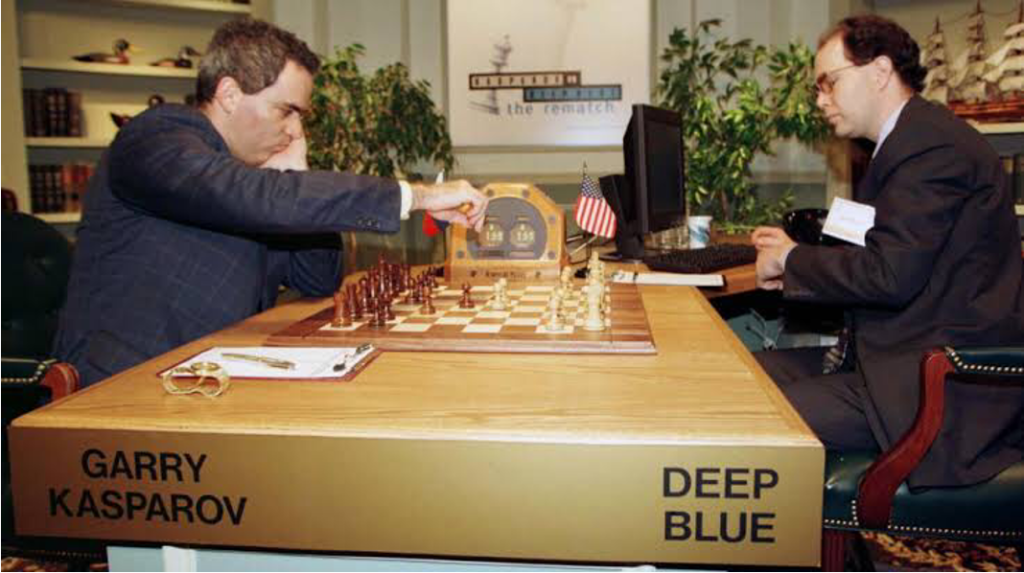
In 1997, an IBM supercomputer beat a world chess champion –in the legendary Deep Blue versus Garry Kasparov match– for the first time, which firmed the era of computer domination in chess. Since then, computer analysis has become a method of preparation in professional chess and has contributed quite a lot to the development of chess theory.
If chess is something that interests you, there are many websites that offer a challenge to the experienced and novice chess player alike. Here are few highly recommend sites for you to play chess
play chess at https://www.chess.com/
play chess at https://www.coolmathgames.com/0-chess
play chess at https://www.chess.co.uk/
where you can play free online chess with random players and against the computer. With minimal ads and various time formats to choose from, it’s a great place to start learning or to hone your skills.
See our related chess articles:

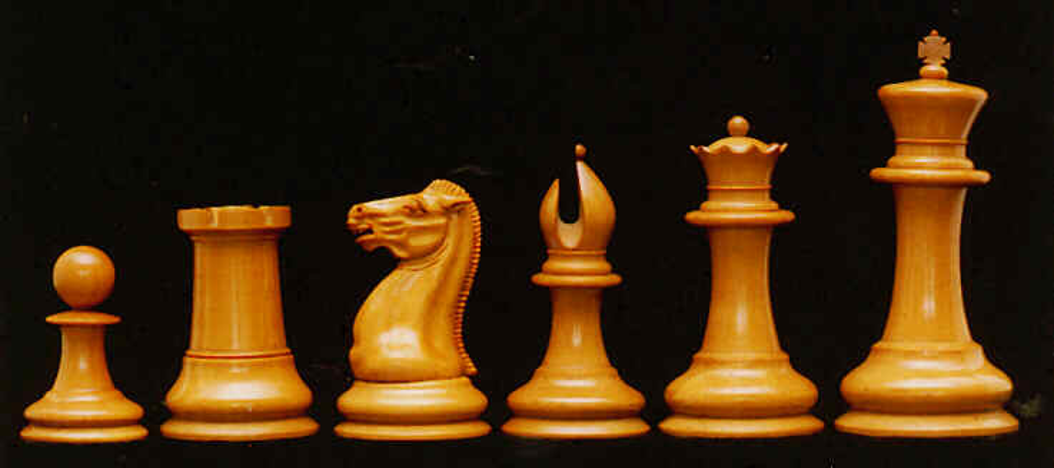
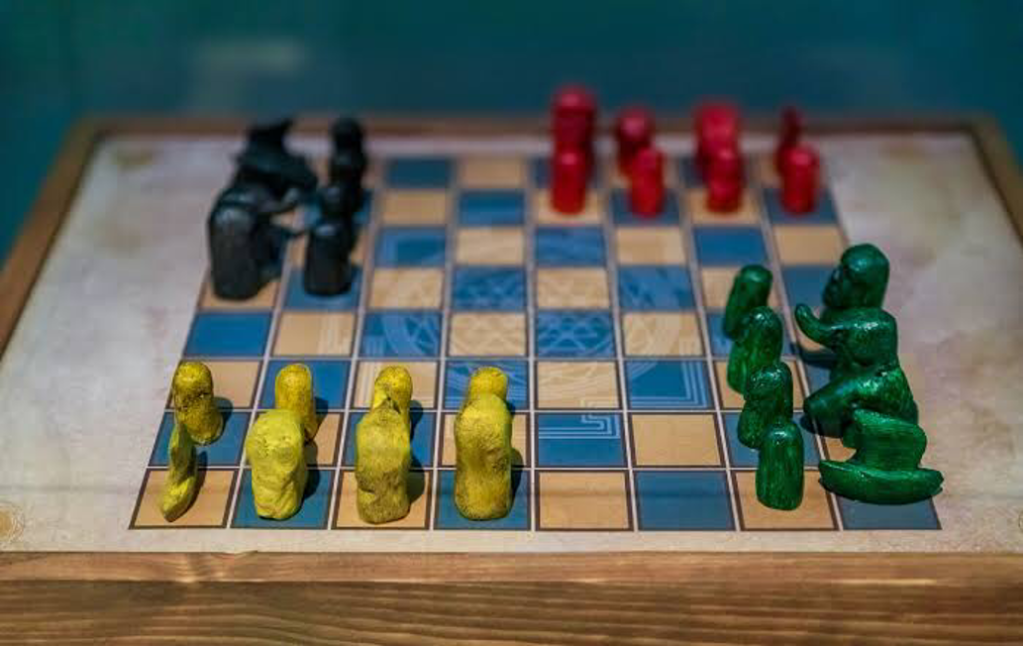
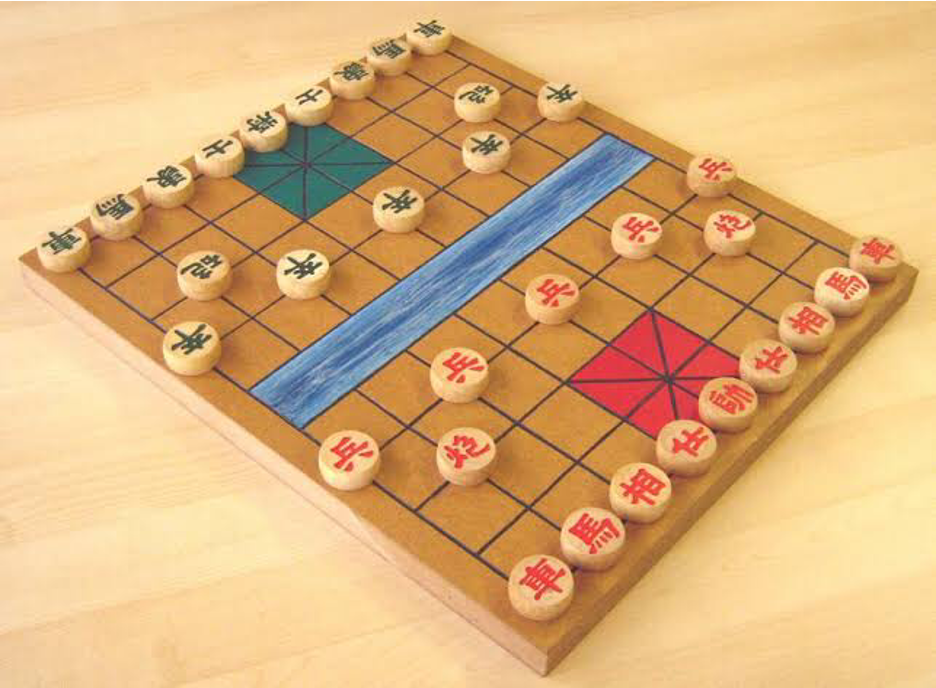
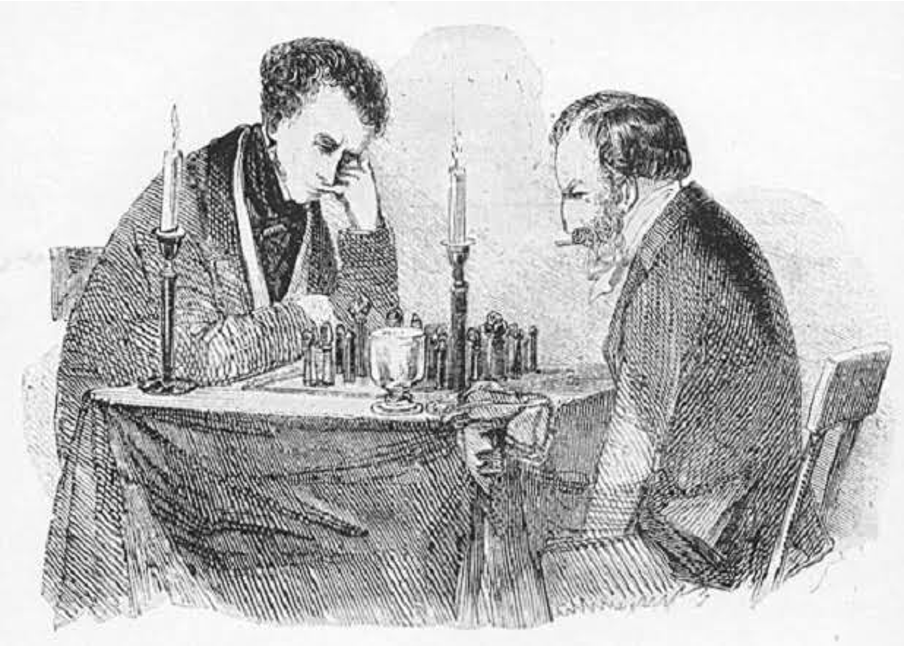
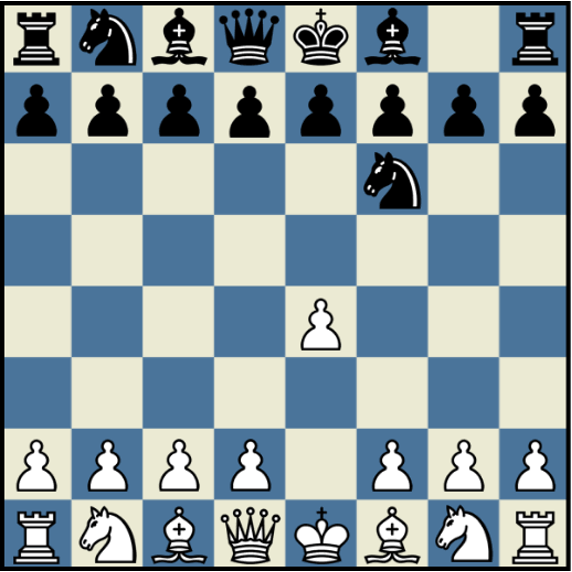
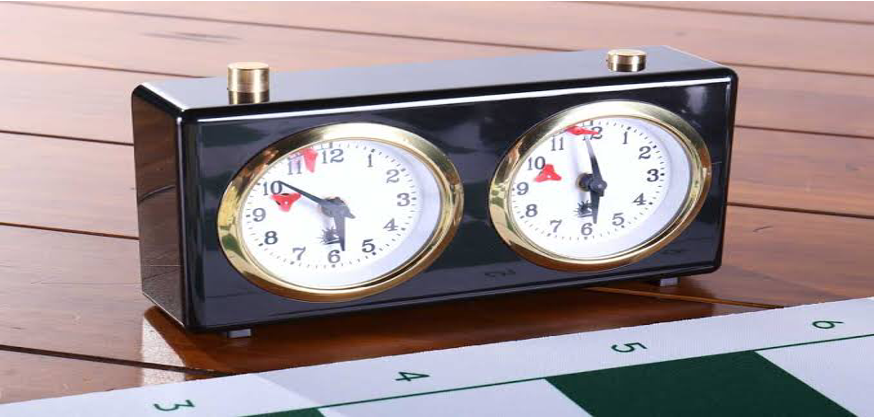

 Bitcoin
Bitcoin  Ethereum
Ethereum  XRP
XRP  Tether
Tether  Solana
Solana  USDC
USDC  Lido Staked Ether
Lido Staked Ether  TRON
TRON  Cardano
Cardano  Avalanche
Avalanche  Toncoin
Toncoin